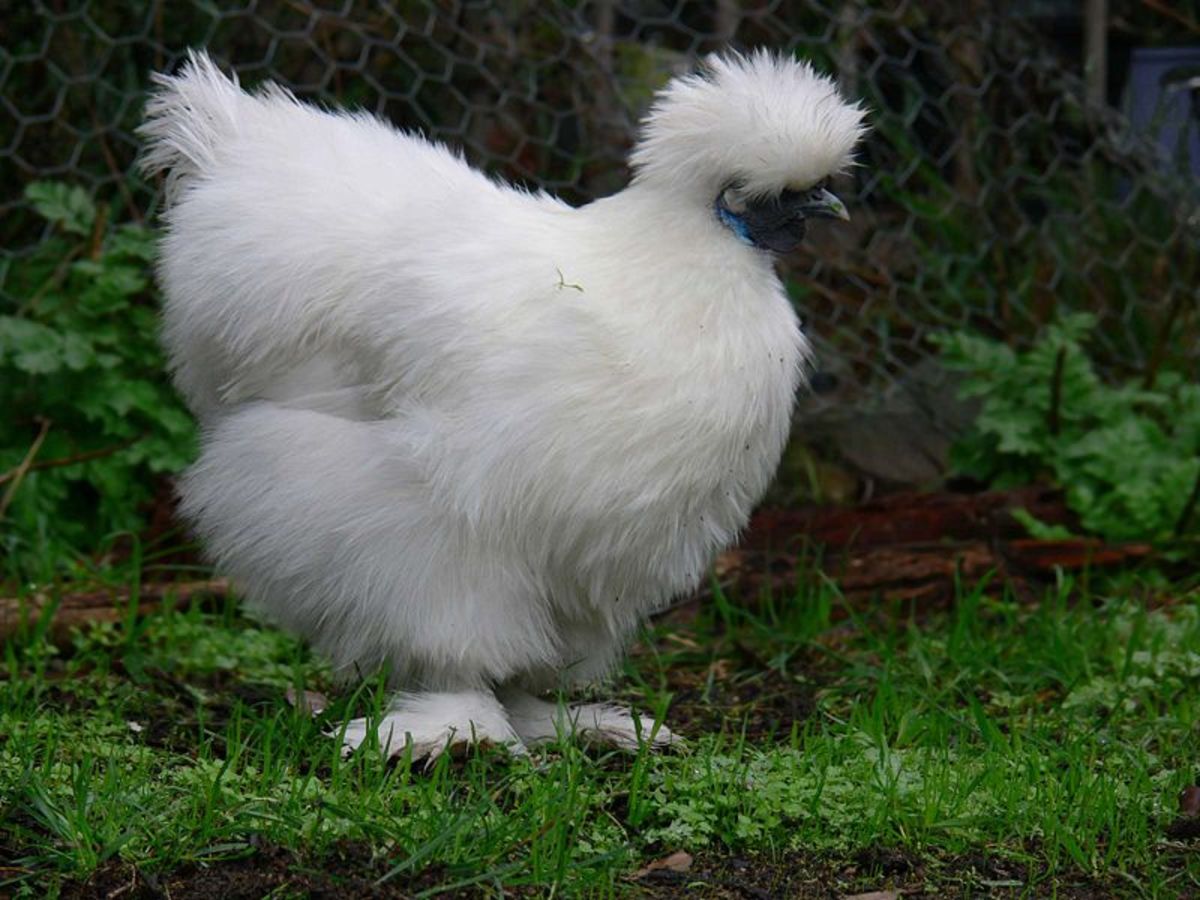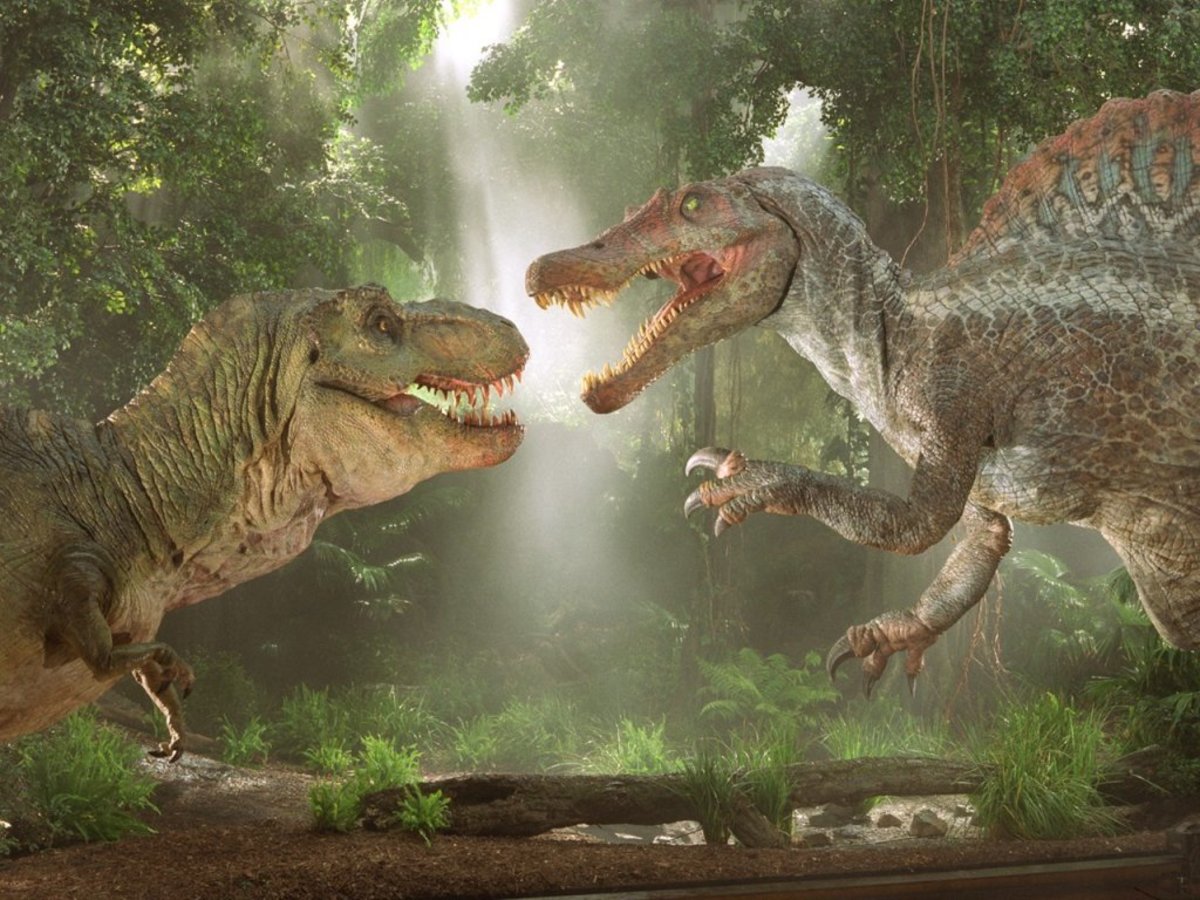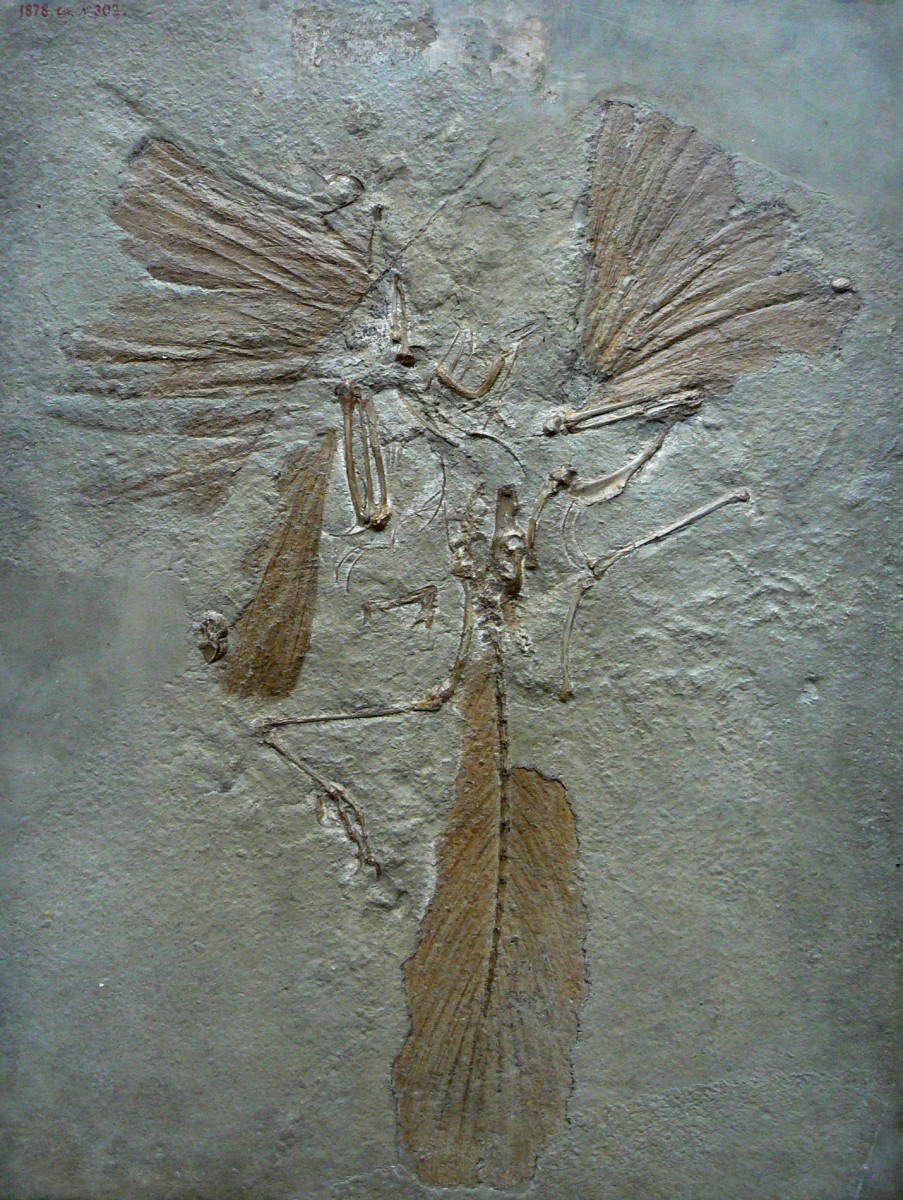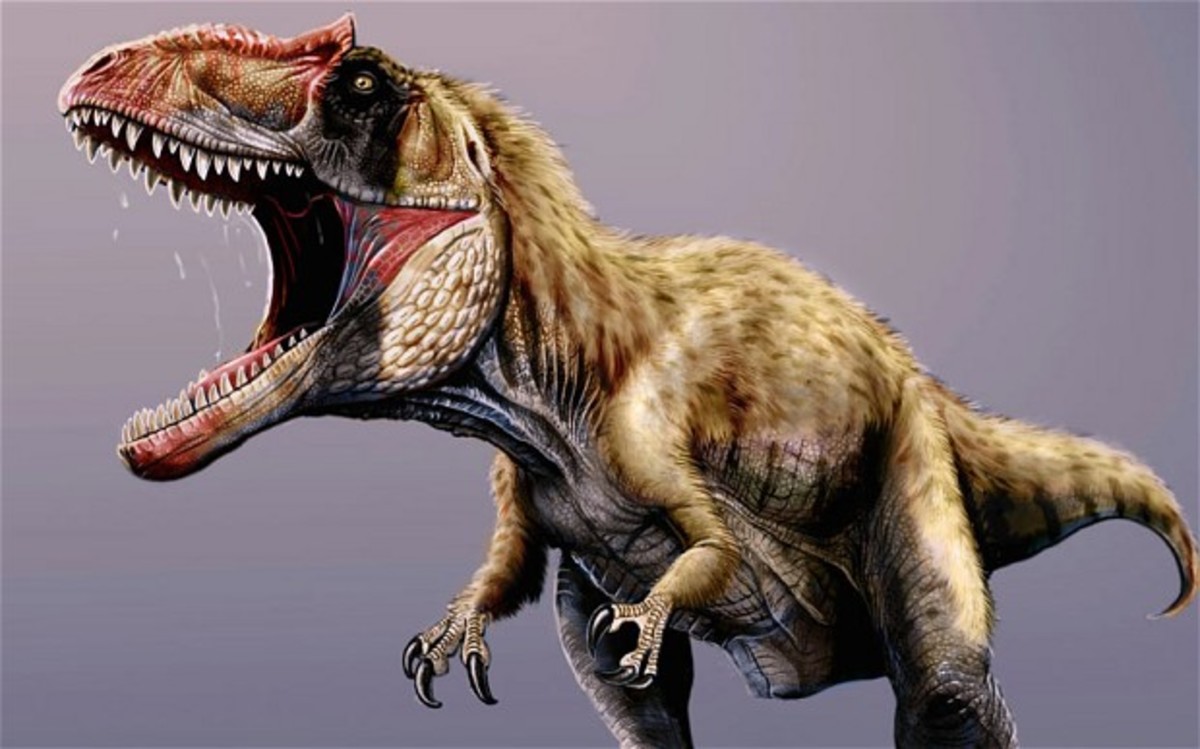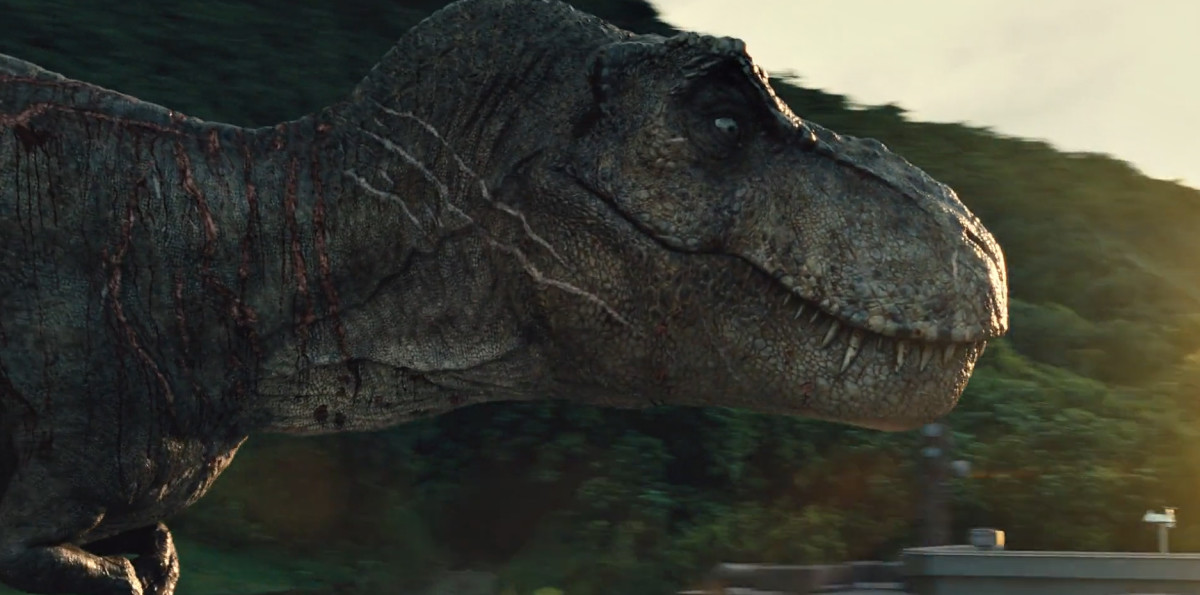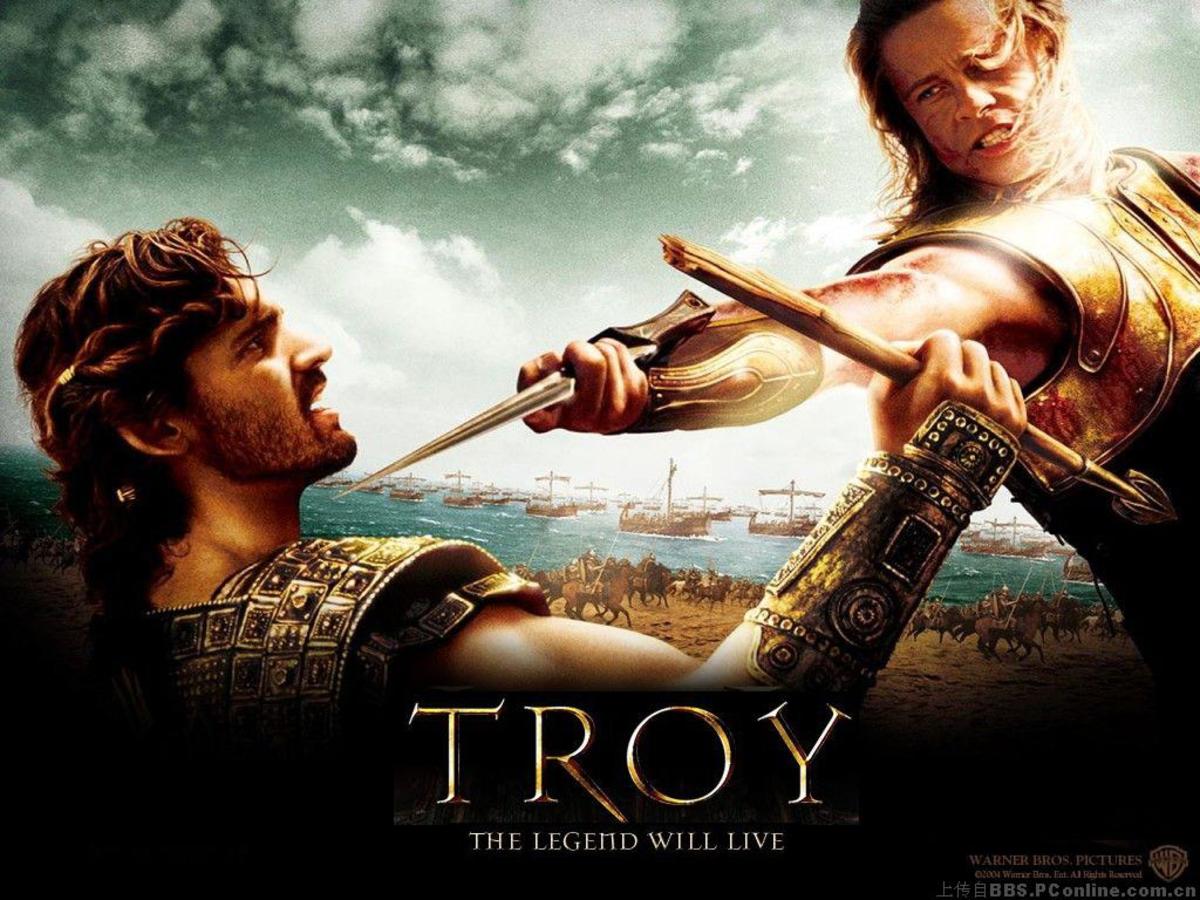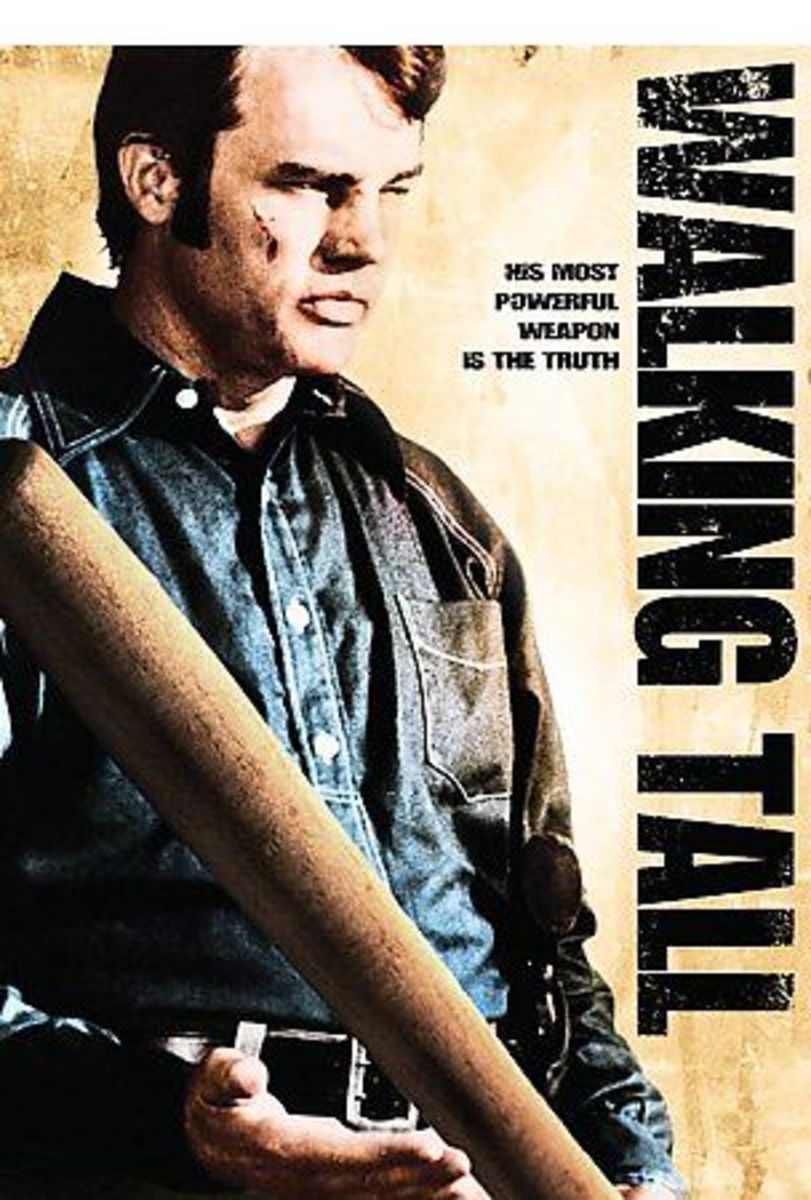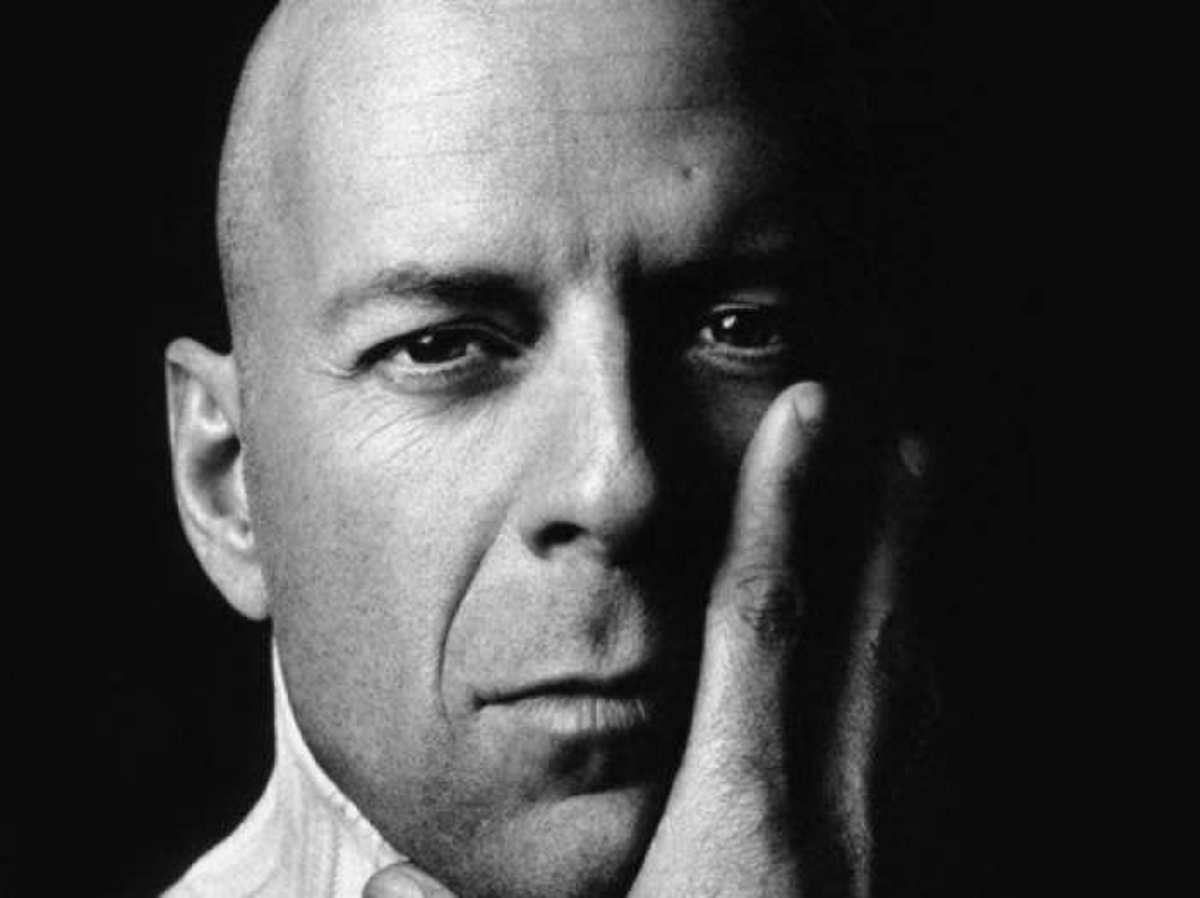Jurassic World (Review)
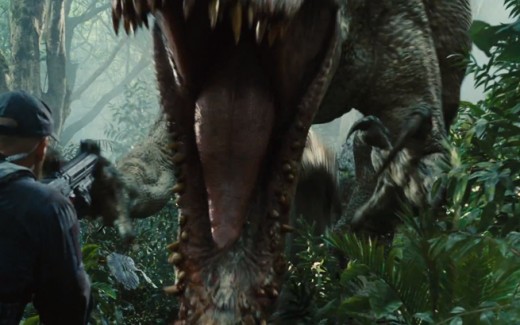
Rated PG-13
Released by Universal Pictures on June 12th, 2015 (USA)
124 minutes long
Starring Chris Pratt (Owen Grady), Bryce Dallas Howard (Claire Dearing), Vincent D'Onofrio (Vic Hoskins), Ty Simpkins (Gray Mitchell), Nick Robinson (Zach Mitchell), Jake Johnson (Lowery Cruthers), Omar Sy (Barry), Irrfan Khan (Simon Masrani), and B.D. Wong (Henry Wu).
Screenplay by Rick Jaffa, Amanda Silver, Derek Connolly, and Colin Trevorrow
Directed by Colin Trevorrow
WARNING: Minor spoilers.
After a decade-plus stint in development hell, the Jurassic Park franchise is finally back. The original 1993 film was not only a financial and technological coup, but also introduced the general public to dinosaurs that were active, thinking animals (albeit with some embellishments and inaccuracies) rather than dim, lethargic lizards. Both of its subsequent sequels — 1997's The Lost World: Jurassic Park and 2001's Jurassic Park III — were commercially successful but weak entries filled with uninspired chase scenes and insipid characters.
As a two-hour thriller set on the same island as the original park, Jurassic World is not deepest or most original film. Most of the inaccuracies of the previous films live on in this one, from Velociraptors that are too big and too brainy to stegosaurs with too many plates. Few major breakthroughs in dinosaur science from the past fifteen years make it to the screen.
All that being said, Jurassic World won me over both times that I saw it: First in IMAX 3D, with a giddy grin across my face most of the time, and again, during a more sober viewing in 2D. The film delivers beauty, earnestness, humor, and particularly suspense in quantities not seen since the first film. And while a small part of me bemoans the conservative dinosaur models, scientific accuracy doesn't necessarily guarantee a good dinosaur film (here's looking at you, Walking with Dinosaurs: The Movie).
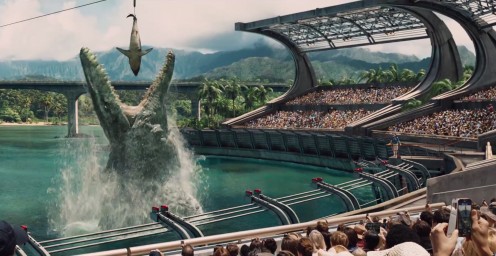
Jurassic World is the first film's third sequel, as well as something of a remake: As their parents go through divorce proceedings, two kids are sent to a dinosaur theme park on the fictional island of Isla Nublar, where everything soon goes to hell. Unlike John Hammond's botched resort, however, this new park has been open for a while, becoming so well-known that some people — including Zach Mitchell, the elder of the two boys — are now blasé about its resurrected dinosaurs. With this fact in mind, Claire Dearing — the park's operations manager and the Mitchell boys' aunt — agrees to the creation of a new and improved hybrid dinosaur. Meanwhile, Vic Hoskins, InGen's head of security, has his own plans for the park's dinosaurs, something which doesn't sit well with gamekeeper Owen Grady.
Jurassic World itself far outshines Jurassic Park's visitor center and safari ride: It's an eye-popping Disneyland-sized city of futuristic buildings and vehicles, countless shops and sculptures, and multiple dinosaur-themed attractions. In contrast to Hammond's rather small staff, an army of guides, gamekeepers, programmers, and security personnel populate this new park, attending to visitors over twenty thousand strong. Herbivores large and small dwell in and around the main village, while carnivores brood in paddocks.
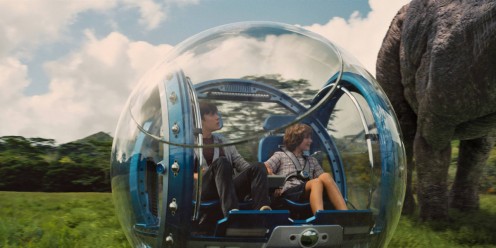
For the first time since the original film, the lead actors create likable, relatable characters: Ty Simpkins and Nick Robinson deliver surprisingly strong performances as the excitable Gray and the initially apathetic but progressively protective Zach. Despite his goofier roles in Parks and Recreation and Guardians of the Galaxy, you never doubt Chris Pratt's competence or conviction as Owen the Velociraptor keeper. Bryce Dallas Howard is an ideal fit for the park's beleaguered operations manager (though as my sister pointed out, she never takes off her high heels), while Vincent D'Onofrio excels as the odious Hoskins. As for the park's new hybrid species and the film's main antagonist, the Indominus rex is a hideous, psychopathic Frankenstein's monster among dinosaurs, combining the wanton destruction of the franchise's T. rex with the craftiness of its Velociraptors.
For all my gushing, there are some flies in the amber. This is only the second film spear-headed by director Colin Trevorrow and his writing partner Derek Connolly (the first being 2012's Safety Not Guaranteed). While Trevorrow deftly crafts tense scenes, he occasionally jettisons sound and logic in favor of an awesome sight (just as Spielberg did when the first dinosaur is revealed in Jurassic Park). The script, meanwhile, sometimes has the movie pat itself on the back, such as when park owner Simon Masrani says that the park's new hybrid dinosaur will give even adults nightmares.
More distracting is the heavy-handed — and hypocritical — message against commercial branding, a theme imported from Crichton's original Jurassic Park novel and one that resonates with many Americans in era of corporate overreach. This theme goes beyond the sheer ugliness of the corporate-chartered Indominus rex: One of the park overseers laments in the idea of a dinosaur named after Pepsi or Doritos; however, a Starbucks stands along the park's main boulevard, while Coca Cola's logo is clearly visible on a glass bottle Owen takes a swig from. Similarly, chief geneticist Henry Wu (the only hold-out from the previous films) at one point chastises Masrani for ordering dinosaurs to be created according to how the public wants to see them, rather than how they really were. Yet as any dinosaur expert will tell you, this is precisely what the makers of Jurassic Park films do in creating their cinematic monsters.
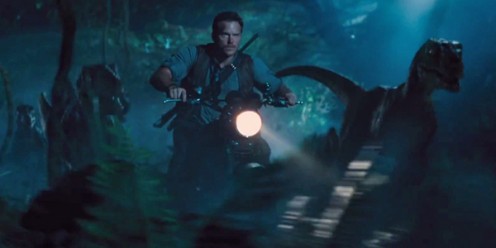
Yet if you're a longtime Jurassic Park fan, little details in the film might lead you to miss or forgive some of these problems. There are several overt callbacks to the original film (like the return of Mr. DNA, the animated double helix from the original park's tour video), as well as some Easter Eggs referencing previous characters or sequels (including a possible flipping-of-the-bird to a scene from Jurassic Park III during the finale). In addition, during our introduction to the park, the camera lingers on certain set-pieces, many of which return during the movie's immensely rewarding climax.
Finally, more than any other Jurassic Park story before it, this sequel examines the relationships between human and animals. Along with the usual awe and fear demanded by the sight of sauropods or the glare of vicious predators, we see Jurassic World's young visitors ride and pet young Triceratops and Gallimimus, while Owen tries to communicate and maintain a bond with the Velociraptors he raised as hatchlings. Just as important is Hoskins' vision for these animals, as well as Claire repeatedly referring to the dinosaurs as "assets". This movie doesn't offer the deepest exploration of this issue, but it's a welcome addition nonetheless.
Ultimately, Jurassic World is strong but imperfect entry into the franchise — far better than the first two sequels, but not reaching the same level of innovation as the first film. Because of the lingering inaccuracies and wonky genetics, it wouldn't me surprise if many paleontologists or serious dinosaur experts dislike the film. Yet just as the ultra-utopian Star Trek inspired future astronauts and inventors, Jurassic Park created a new generation of paleontologists and dinosaur enthusiasts. With any luck, Jurassic World will do the same.
Postscript: Don't let the Minions trailer attached to this film fool you. Jurassic World is a hard PG-13, in part for notable swearing and innuendo, but mostly for plentiful violence and bloodshed.

